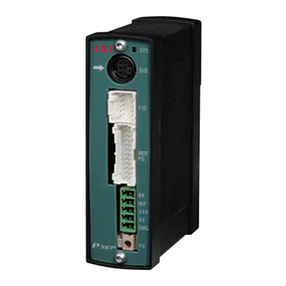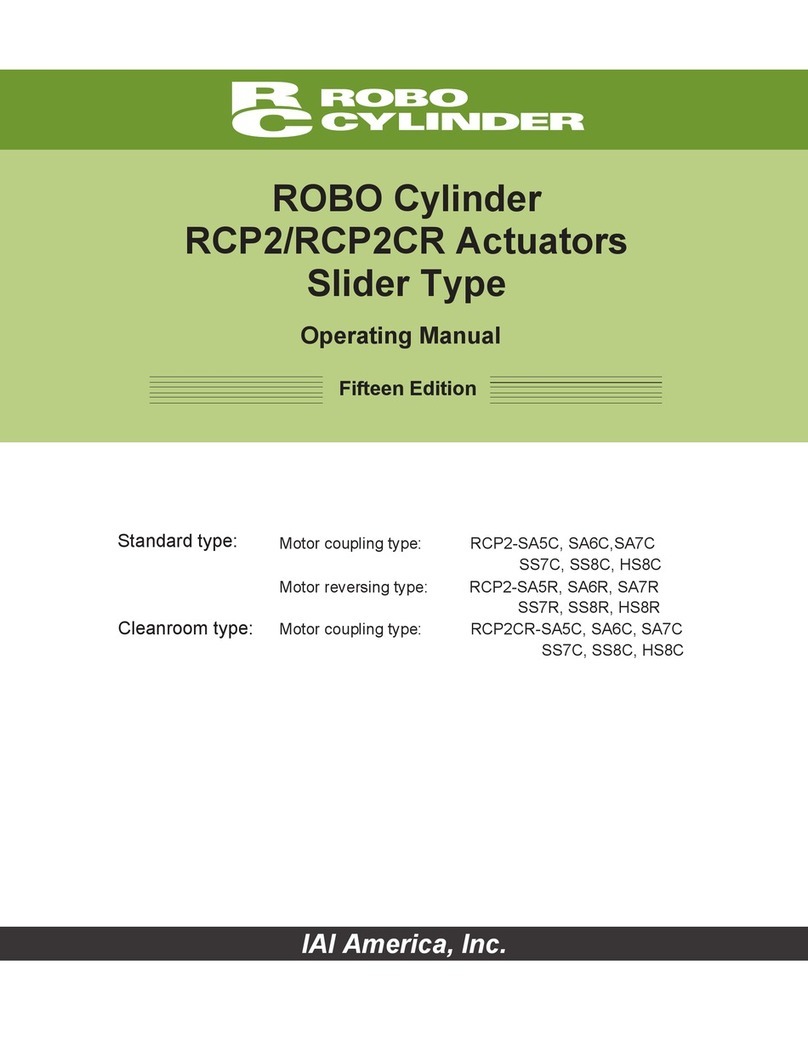IAI X-SEL User manual
Other IAI Controllers manuals
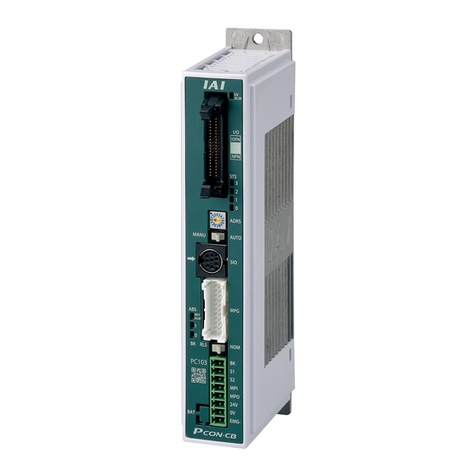
IAI
IAI PCON-CB series User manual

IAI
IAI ERC2 Installation manual
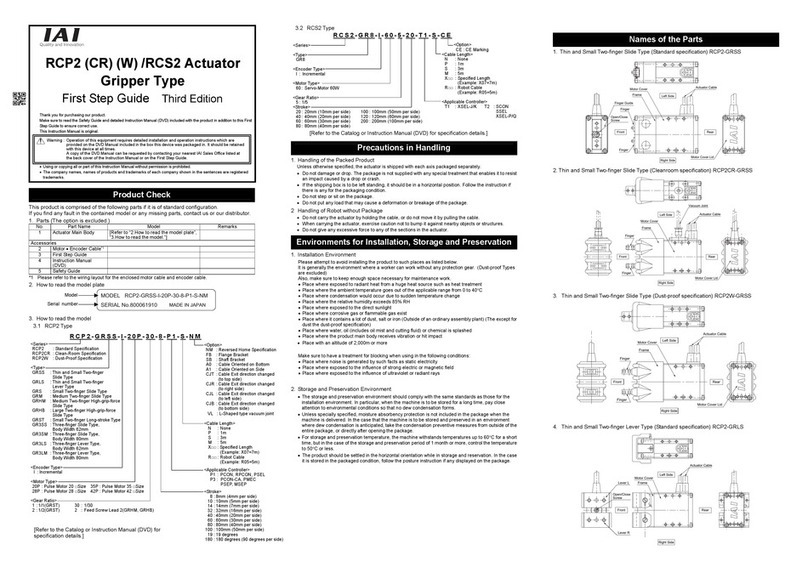
IAI
IAI ROBO Cylinder RCP2 Series User manual

IAI
IAI ROBO Cylinder RCP2 Series User manual

IAI
IAI ROBO Cylinder RCP2 Series User manual
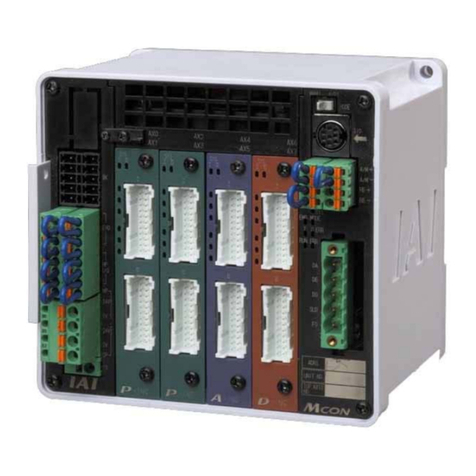
IAI
IAI MCON-C User manual
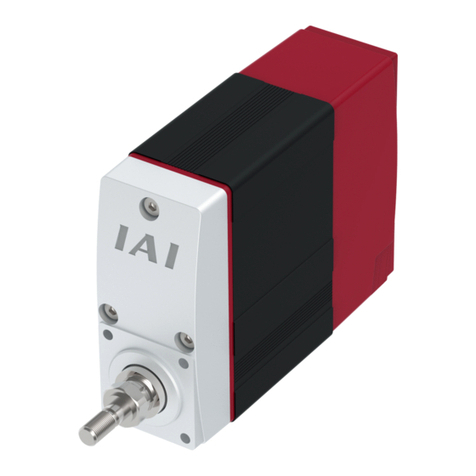
IAI
IAI EC ELECYLINDER EC-RP4 User manual
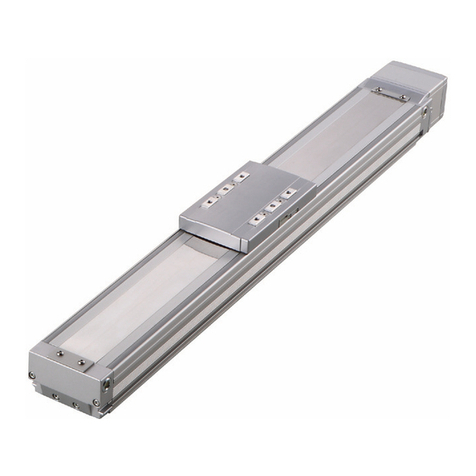
IAI
IAI ISDB Series User manual
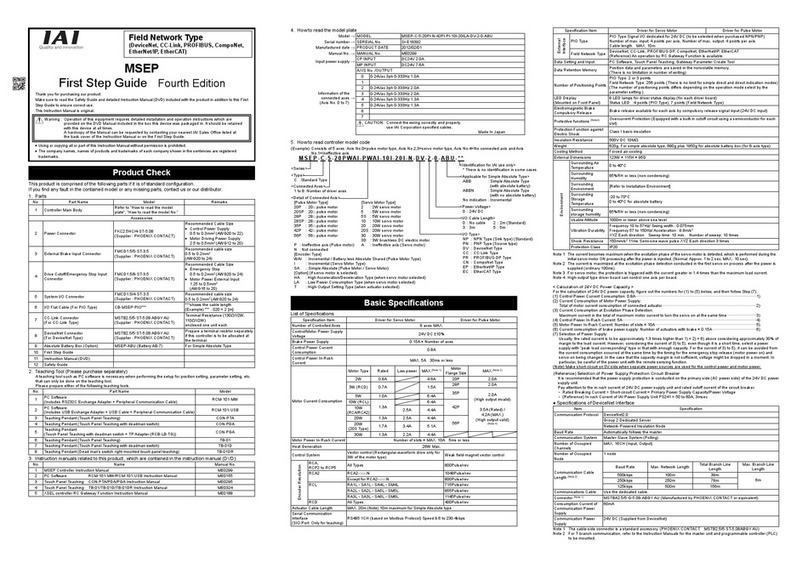
IAI
IAI Msep User manual
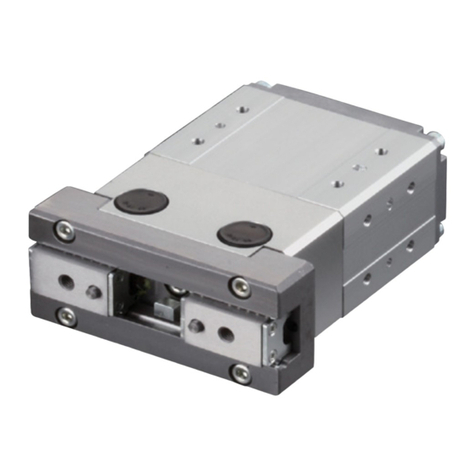
IAI
IAI RCP4 User manual
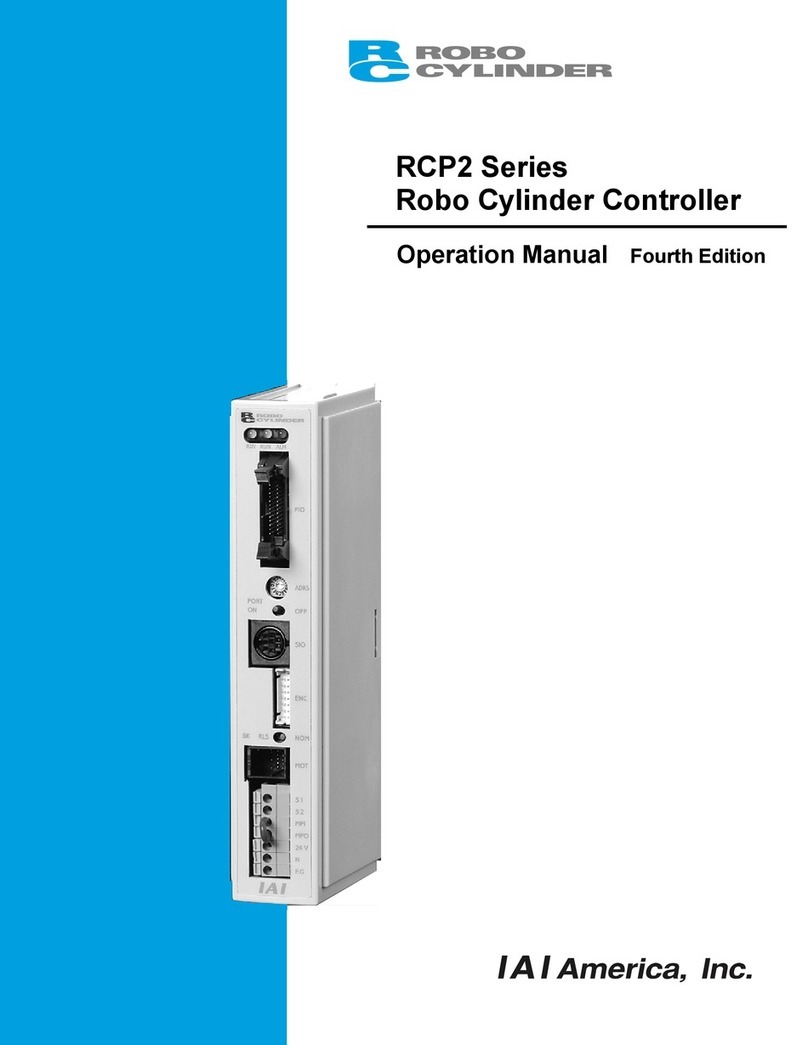
IAI
IAI ROBO Cylinder RCP2 Series User manual

IAI
IAI ROBO Cylinder RCP2 Series User manual
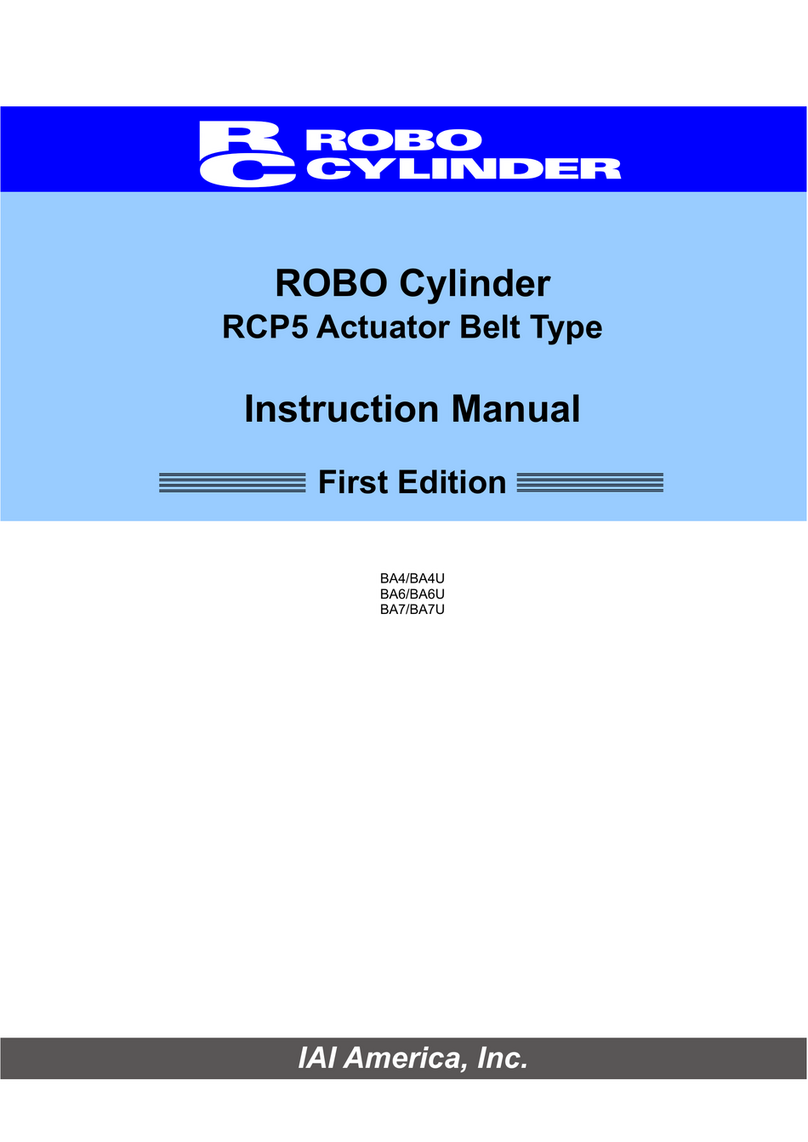
IAI
IAI ROBO Cylinder RCP5-BA4 User manual
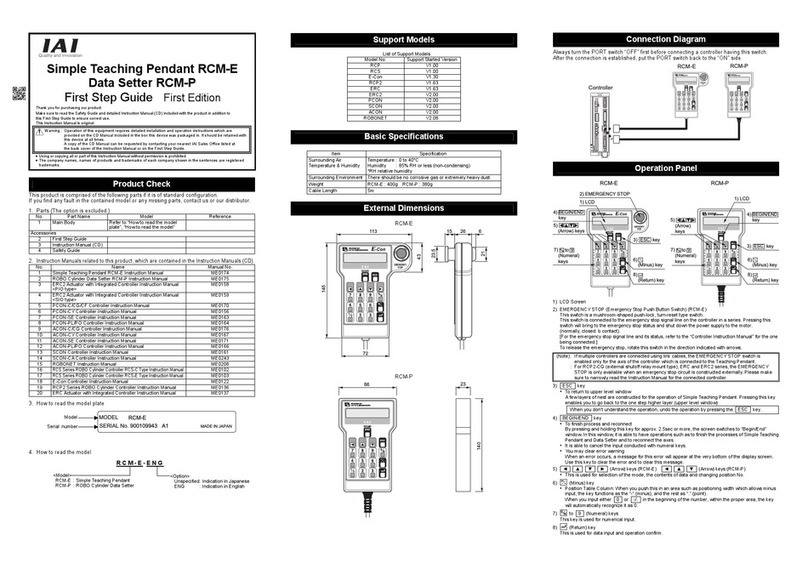
IAI
IAI RCM-P User manual
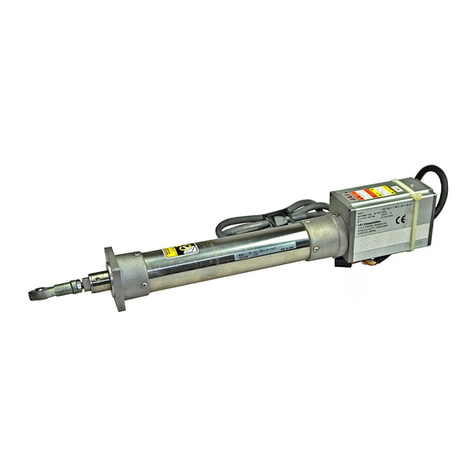
IAI
IAI ERC Series User manual
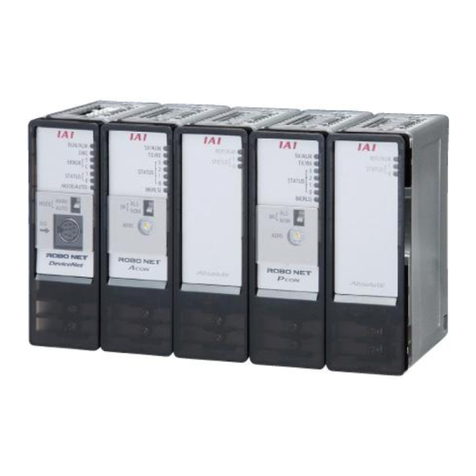
IAI
IAI RoboNet User manual
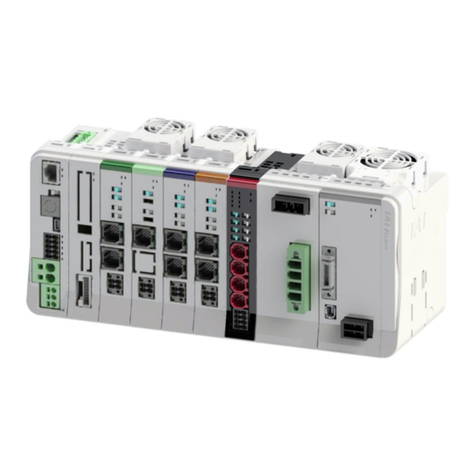
IAI
IAI Rcon User manual
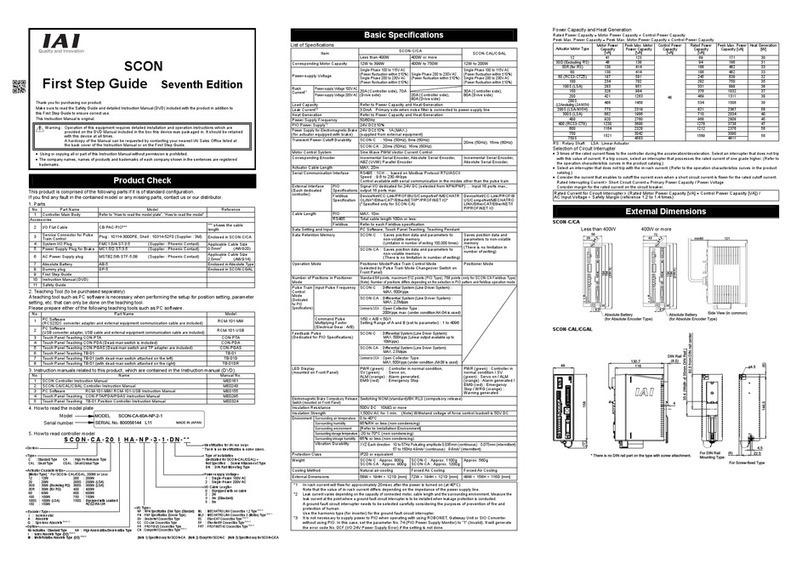
IAI
IAI SCON series User manual
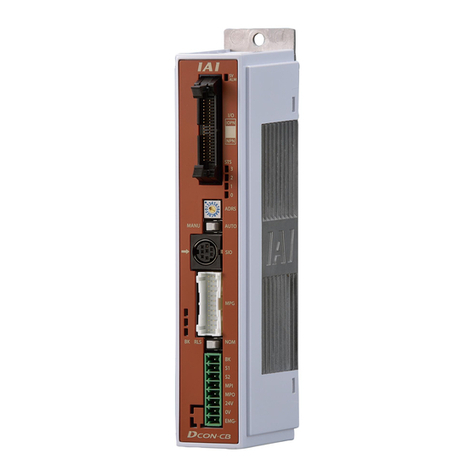
IAI
IAI PCON-CA series User manual

IAI
IAI ROBO Cylinder RCP2 Series User manual


